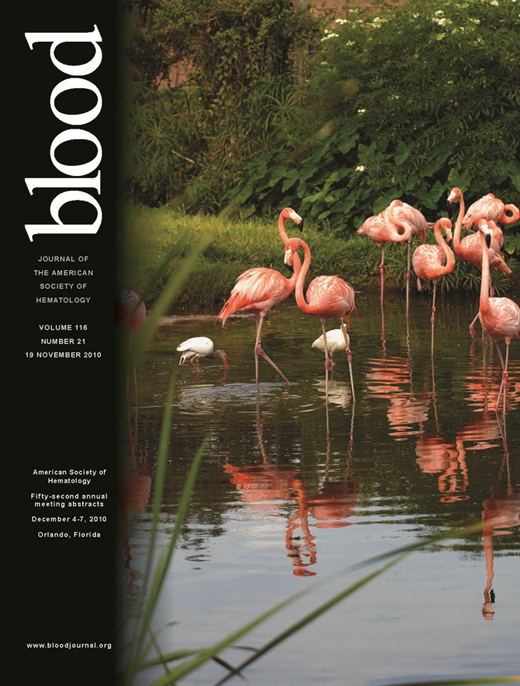Abstract
Abstract 1192
T cell acute lymphoblastic leukemia (T-ALL) is a challenging clinical entity. Over half of adult, and about 20% of pediatric, T-ALL patients either relapse or fail to achieve remission, and despite salvage attempts outcomes are poor. To discover new acquired genetic changes that occur in T-ALL, as well as those that contribute to disease relapse, we studied zebrafish (Danio rerio) T-ALL samples using array comparative genomic hybridization (aCGH). Five different D. rerio T-ALL models have been described, and all 5 develop neoplasias that clinically and molecularly resemble human T-ALL. We performed aCGH on 14 de novo T-ALLs representing 4 of these models. To evaluate possible similarities between human and zebrafish copy number aberrations (CNAs) in T-ALL, we compared all D. rerio genes found in any CNA in our 14 zebrafish cancers to a cohort comprised of 61 published primary human T-ALLs analyzed by aCGH. In these D. rerio CNAs, we identified 764 genes with human homologues. Of these, we found significant overlap (62%) with genes in CNAs from the human T-ALL dataset. In addition, 10 genes recurrently altered (>3 samples) in zebrafish T-ALL were also seen in CNAs from 5 or more human T-ALL cases, suggesting a conserved role for these loci in T-ALL transformation across vertebrate species. In addition to studying primary T-ALL, we also conducted iterative allo-transplantations with 3 zebrafish malignancies. This technique selects for particularly aggressive disease, increasing engraftment rates and also resulting in shorter time to death of recipient animals in successive transplant rounds. Because these passaged cancers show more malignant behavior in vivo, this procedure models refractory and relapsed T-ALL. In these 3 serially-passaged cancers, 55% of the original CNAs were preserved after iterative transplantation, demonstrating the clonal relationship between the primary and passaged leukemia. In addition, 101 CNAs were acquired during passaging of the 3 T-ALLs. Genes in these loci may underlie the enhanced malignant behavior of these neoplasias. We also compared genes found in CNAs from passaged zebrafish malignancies to human aCGH results from 50 T-ALL patients who failed induction, went on to relapse, or had already relapsed. Again, many genes (n=76) were present in both datasets. Four genes altered in 2 of 3 D. rerio samples were also found in >4 cases from the human dataset. Collectively, these results suggest that zebrafish and human T-ALL are similar at the genomic level, with several homologous genes commonly gained or lost by cancers from both organisms. Genes from recurring CNAs in disease samples from both species may have particular relevance, as these candidates likely have conserved roles in T cell oncogenesis or T-ALL disease progression. As the comprehensive list of genes in CNAs from human T-ALL cases is vast and heterogeneous (comprising 15,724 unique genes from just 75 clinical samples), zebrafish T-ALL models may permit a more expedient prioritization of these candidates for further investigation.
No relevant conflicts of interest to declare.
Author notes
Asterisk with author names denotes non-ASH members.

